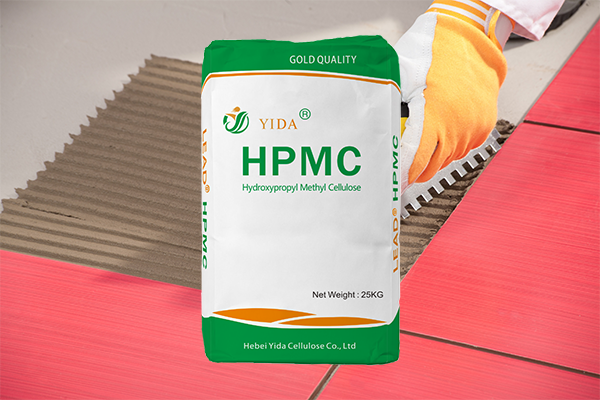In the vast landscape of chemical products, Hydroxypropyl Methyl Cellulose (HPMC) stands out as a versatile polymer with diverse applications across industries. Particularly in the construction sector, HPMC plays a pivotal role as a thickener, stabilizer, and binder, enhancing the performance of mortars, adhesives, and coatings. This article delves into the intricate world of HPMC chemical prices, focusing on the building-grade variant, its import-export dynamics, strategies for supplier selection, and anticipated trends in pricing.

HPMC, a water-soluble ether of cellulose, has garnered significant attention due to its exceptional properties and adaptability across various formulations. For the construction industry, the demand for HPMC stems from its ability to improve workability, extend open time, and enhance durability in cementitious materials. Consequently, the pricing of building-grade HPMC typically ranges from approximately 1.8to2.8 per kilogram, with fluctuations driven by factors such as raw material costs, production capacity, market supply and demand, and regional economic conditions. This price range reflects a balance between the high-quality standards expected by the construction sector and the competitiveness of the market.
The global trade of HPMC chemicals is characterized by a complex network of suppliers and buyers spanning continents. Key exporting nations include China, which leverages its robust manufacturing base and low-cost production to dominate the market. Europe and North America, on the other hand, are significant importers of HPMC, driven by their advanced construction industries and stringent quality standards. The import-export dynamics are further influenced by trade policies, tariffs, and logistics costs, which can significantly impact the final price of HPMC for end-users.
To navigate these complexities, businesses must stay abreast of international trade regulations and explore strategic partnerships with reliable suppliers who can offer competitive pricing and consistent quality. Moreover, the rise of digital platforms facilitating direct supplier-buyer connections has streamlined the procurement process, enabling buyers to compare prices and negotiate better deals.
Choosing the appropriate HPMC supplier is crucial for ensuring the quality, cost-effectiveness, and timely delivery of raw materials. Here are a few key considerations:
Quality Assurance: Look for suppliers with a proven track record of delivering high-quality HPMC that meets or exceeds industry standards. Request certifications, technical specifications, and sample testing reports.
Price Competitiveness: Compare prices across multiple suppliers, factoring in delivery costs and potential discounts for bulk purchases. However, remember that the lowest price may not always equate to the best value if quality or service suffers.
Supply Chain Reliability: Ensure the supplier has a robust supply chain that can meet your volume requirements and delivery timelines consistently.
Customer Service: Excellent customer service, including responsive communication and problem-solving capabilities, can make a significant difference in the long run.
Sustainability Practices: As environmental concerns grow, consider suppliers that prioritize sustainable production practices and offer eco-friendly HPMC options.
Looking ahead, the pricing of HPMC chemicals is expected to be influenced by several factors. Firstly, fluctuations in raw material prices, particularly for cellulose and propylene oxide, will continue to be a major driver. Secondly, the global economic climate and its impact on construction activities will significantly affect demand and, consequently, pricing. Thirdly, technological advancements in production processes could lead to cost efficiencies, potentially moderating prices.
Moreover, the increasing emphasis on sustainability and the adoption of eco-friendly HPMC alternatives may influence market dynamics, as manufacturers and consumers alike prioritize environmentally responsible solutions. Finally, geopolitical tensions and trade disputes can have unforeseen consequences on the import-export landscape, adding another layer of uncertainty to pricing forecasts.
In conclusion, the HPMC chemical market, particularly for building-grade products, presents a dynamic and evolving landscape. By staying informed about price trends, import-export dynamics, supplier selection criteria, and future developments, businesses can navigate this market with confidence, ensuring a reliable and cost-effective supply of high-quality HPMC for their operations.
Hebei Yida Cellulose Co Ltd. Provide you with high quality HPMC supply and good price.
Copyright:@2020-2021
Comments Please sign in or sign up to post.
0
0 of 500 characters used